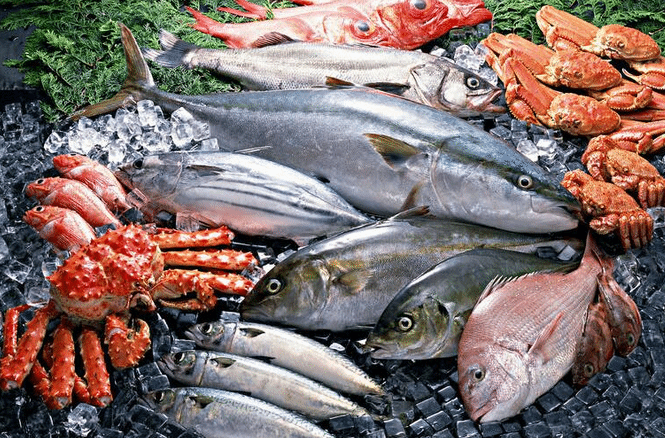Phospholipids in aquafeed
Time:2024-03-15
The amount of phospholipids added to aquatic feed varies due to factors such as the type of aquaculture, growth stage, feed formulation, phospholipid type, and concentration. Therefore, the specific dosage needs to be determined by considering these factors comprehensively.
Generally, the recommended addition for freshwater fish is around 5%, for swine compound feed, it is around 2%, for shrimp, it is around 5.5%, and for broiler chickens, it is also around 2%. These recommended amounts are based on general situations and experience but may require adjustments based on specific circumstances in practical applications.
In addition, factors such as the original phospholipid content in the feed, the species and size of the animals, the fat and saturated fatty acid content in the feed, feed costs, as well as the source and quality of phospholipids, can all influence the suitable addition of phospholipids. Therefore, when determining the dosage of phospholipids, it is essential to consider these factors and make adjustments based on actual needs.
While phospholipids have positive effects on the growth and health of aquatic animals, excessive addition can have adverse effects. Therefore, when using phospholipids as feed additives, it is important to adhere to scientific and rational principles, ensuring that the dosage falls within a safe and effective range.
To ensure the quality and safety of the feed, it is recommended to choose reliable and high-quality phospholipid products and add them according to the recommended dosage provided by the manufacturer. Additionally, regular monitoring of feed quality, animal growth, and timely adjustments to the phospholipid dosage are advised.


 CN
CN





